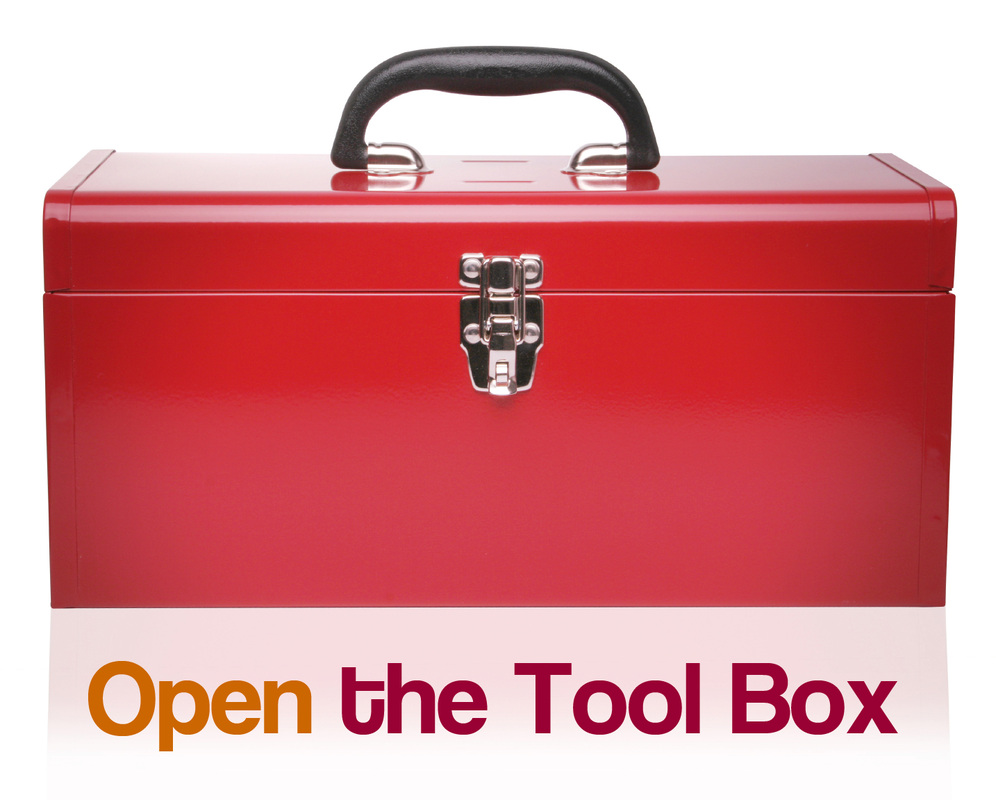Unit 3: The Industrialization Age
Topic 1: Industrialization
Topic 1: Industrialization
LESSON 5
~ REASON 3 FOR INDUSTRIAL GROWTH ~
CHANGES IN PRODUCTION
FOCUS ACTIVITY
Lesson Mission

DIRECTIONS: Remember, the Lesson Mission is what you, the student, will be able to do after the lesson is over. Begin today's Lesson Chronicles Entry by heading your paper with your name and the date and the Lesson Title. Write down today's essential question. Answering the essential question at the end of the lesson is your Lesson Mission!
Essential Question(s):
What inventions and innovations were the most important in American Industrialization? Why were they so important?
What inventions and innovations were the most important in American Industrialization? Why were they so important?
Set up your Lesson Chronicles for today like the example below.
TEACHER ACTIVITY
Pre - Reading - Making a Skeleton Outline
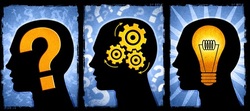
DIRECTIONS: Remember, accomplishing your lesson mission is your purpose for reading. To accomplish your mission, you must be able to answer the essential question(s). We will continue to work on answering essential questions by identifying information from key text structures using our new note-taking method called an outline.
Recall the Key Text Structures in Non-Fiction Text:
1. Headers
2. Sub-headers
3. Bolded Words
4. Italicized Words
5. Pictures & Captions
6. Boxed off Information
7. Charts and Graphs
8. Maps
Outlining Non-Fiction Text Note-Taking Method
You are now going to try outlining own your own. You have had practice but here is a checklist to make sure you do not forget anything in your Chronicles:
Lesson Mission Page:
1. Headers
2. Sub-headers
3. Bolded Words
4. Italicized Words
5. Pictures & Captions
6. Boxed off Information
7. Charts and Graphs
8. Maps
Outlining Non-Fiction Text Note-Taking Method
You are now going to try outlining own your own. You have had practice but here is a checklist to make sure you do not forget anything in your Chronicles:
Lesson Mission Page:
- Write your name.
- Write the date.
- Write the title of the lesson.
- Write the lesson mission question.
- Turn the page. Remember you need to save the rest of the page to answer the Lesson Mission Question at the end of the Lesson.
- Write down the header of the section.
- Read the section.
- Write down the main idea of the section.
- Write down the words and definitions of the section.
- Write down a text reference for the section. Tell me what you thought about while you read.
- Repeat steps 1 - 5 for every section.
- Remember to answer the Lesson Mission Question on the first page (Lesson Mission Page).
- Make sure your notes pages are in order.
- Make sure your lessons in your folder are in order. - Topic 1; Lesson 1; Lesson 2; Lesson 3; Lesson 4; Lesson 5
WHOLE GROUP ACTIVITY
Guided Reading
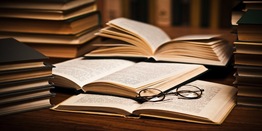
DIRECTIONS: Now that you have a purpose for reading, and you have identified the key elements of the reading, we will take turns reading the passage below as a class.
As you read, if a certain part of the reading makes you think of a text to text, text to self, or text to world connection, write it either in the side margin next to the notes in which you made the connection or at the bottom of your outline. Remember, text connections can also be questions you have about the reading.
Recall the text to text, text to self, and text to world strategy:
As you read, if a certain part of the reading makes you think of a text to text, text to self, or text to world connection, write it either in the side margin next to the notes in which you made the connection or at the bottom of your outline. Remember, text connections can also be questions you have about the reading.
Recall the text to text, text to self, and text to world strategy:
- Text to text references: When a certain word, phrase, or sentence reminds you of something else that you have read.
- Text to self references: When a certain word, phrase, or sentence reminds you of something about your own life.
- Text to world references: When a certain word, phrase, or sentence reminds you of a world issue or event.
CHANGES IN PRODUCTION
SMALL GROUP ACTIVITY
You !
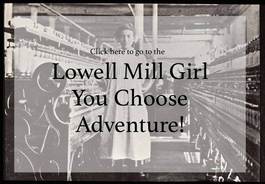
In this activity, your group will
I will come to you to see your outcome. You may also play this you choose adventure at home as much as you like.
To get started, click on the Lowell Mill Girl, You Choose Adventure picture icon above.
I will come to you to see your outcome. You may also play this you choose adventure at home as much as you like.
To get started, click on the Lowell Mill Girl, You Choose Adventure picture icon above.
INDIVIDUAL ACTIVITY
Answering the Essential Question
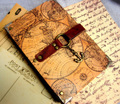
A Lesson Chronicles Activity is an individual activity where you prove that you accomplished the lesson mission. Lesson Chronicles require you to keep a notebook or journal with a table of contents. Each entry should be dated. First, you write the lesson mission. Then you prove you "can do" whatever the mission says by answering the essential question of the lesson in PQA format. Remember PQA format means "Put the Question in the Answer".
DIRECTIONS: Work by yourself to prove you have completed today's mission successfully by answering the essential question for today. Answer the question on the first page of your Lesson Chronicles under your Lesson Mission. Refer to the example below. The example shows you what all you are expected to have for your portfolio check on this lesson.
HOMEWORK
Finish the Lesson and Family Time
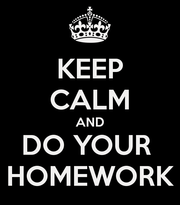
Remember, you have homework every night in Social Studies. Your homework is to show your Lesson Chronicles to your family and tell them what you learned today. Not only will this give you quality time with your family but it will help you review for your unit test. Go over your lesson chronicles entry from today everyday to help you study for the Topic Quiz and Unit Test.
If you did not complete any assignments from today, they are homework. You never know when I am going to check portfolios, so make sure you are keeping up!
If you did not complete any assignments from today, they are homework. You never know when I am going to check portfolios, so make sure you are keeping up!
END OF THE UNIT 3 LESSON 3 MODULE
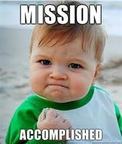
Congratulations! You have Completed the Unit 3 Lesson 5 Module!
You must use your headphones. You may watch this at home as well!
You must use your headphones. You may watch this at home as well!

